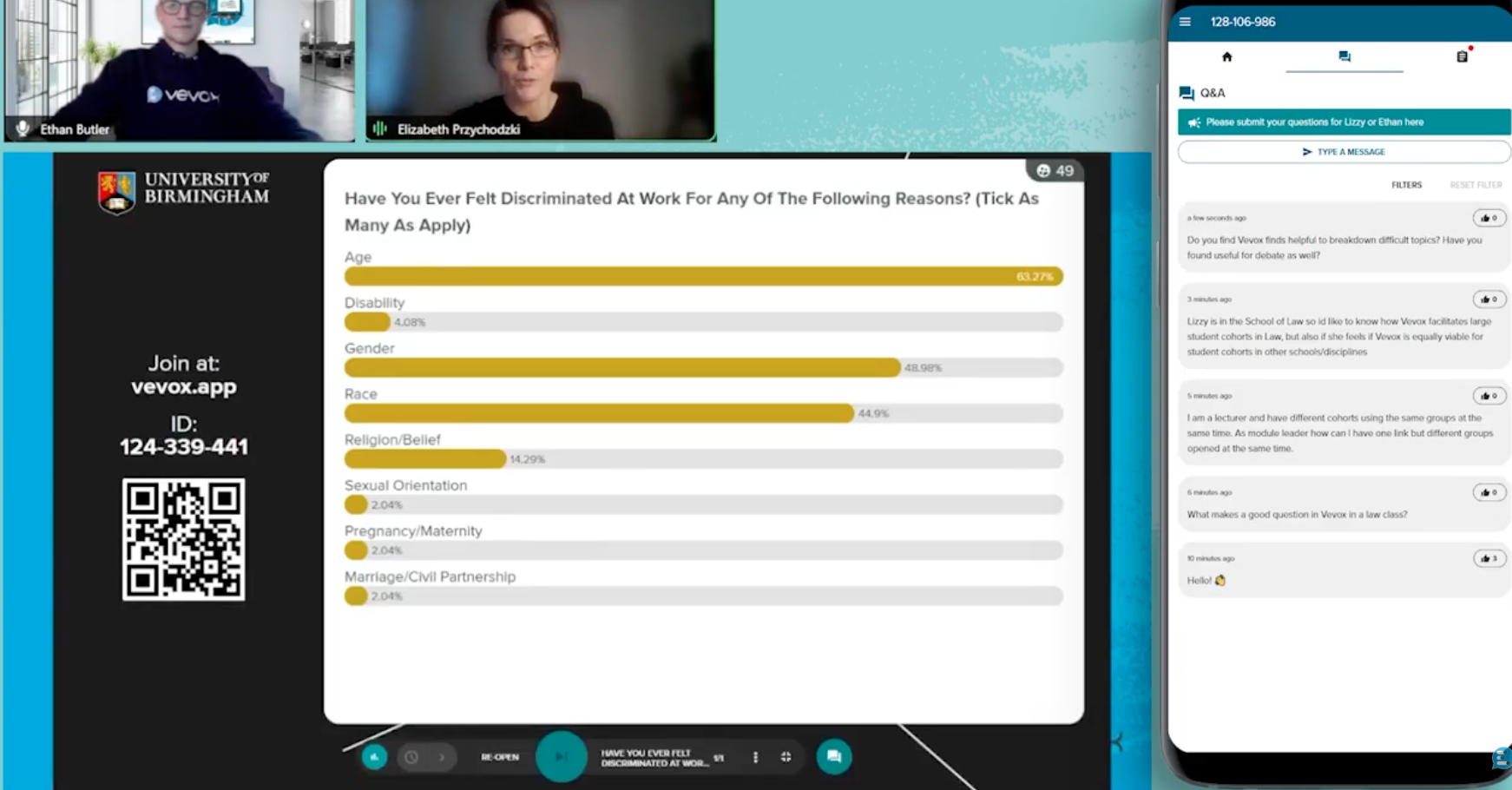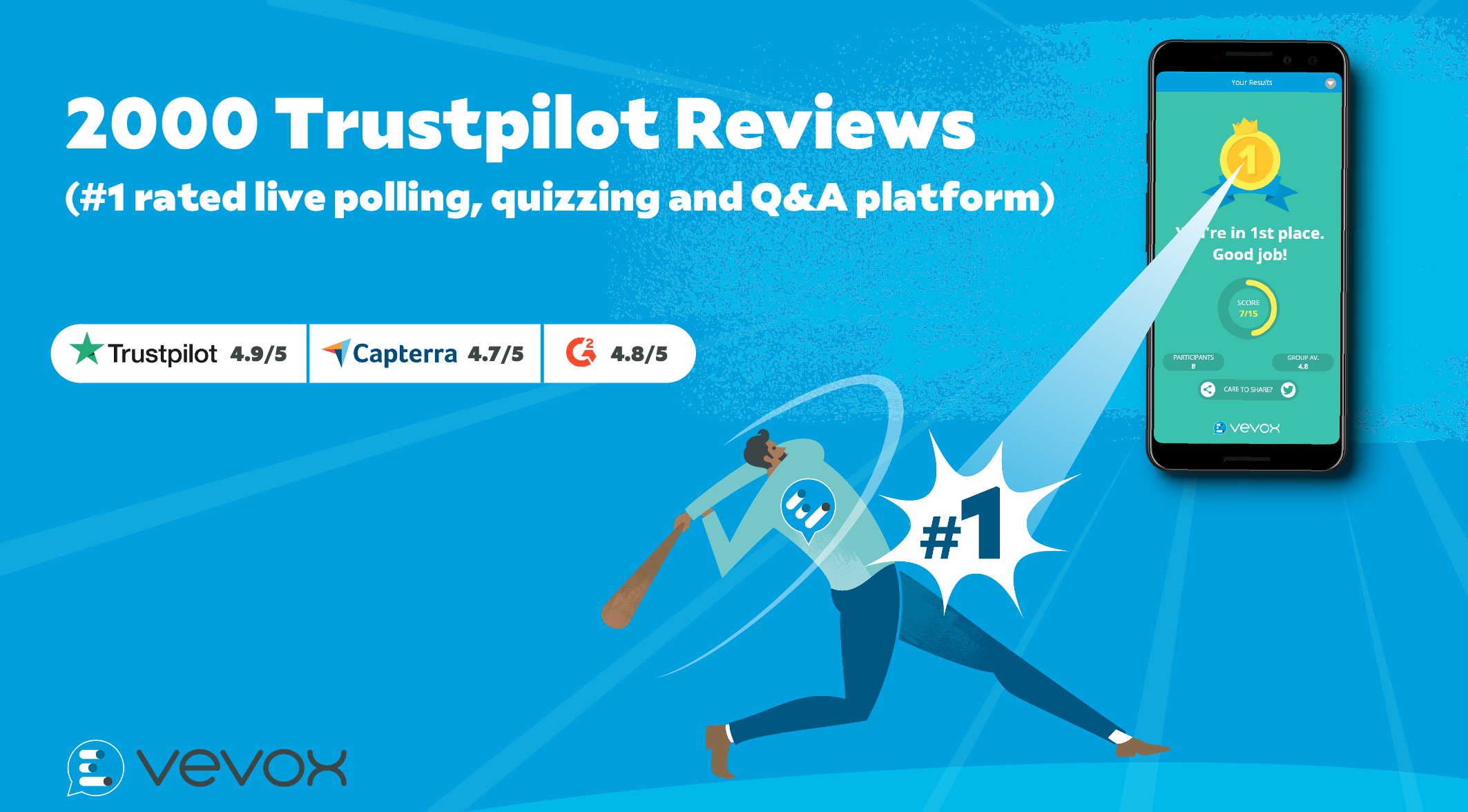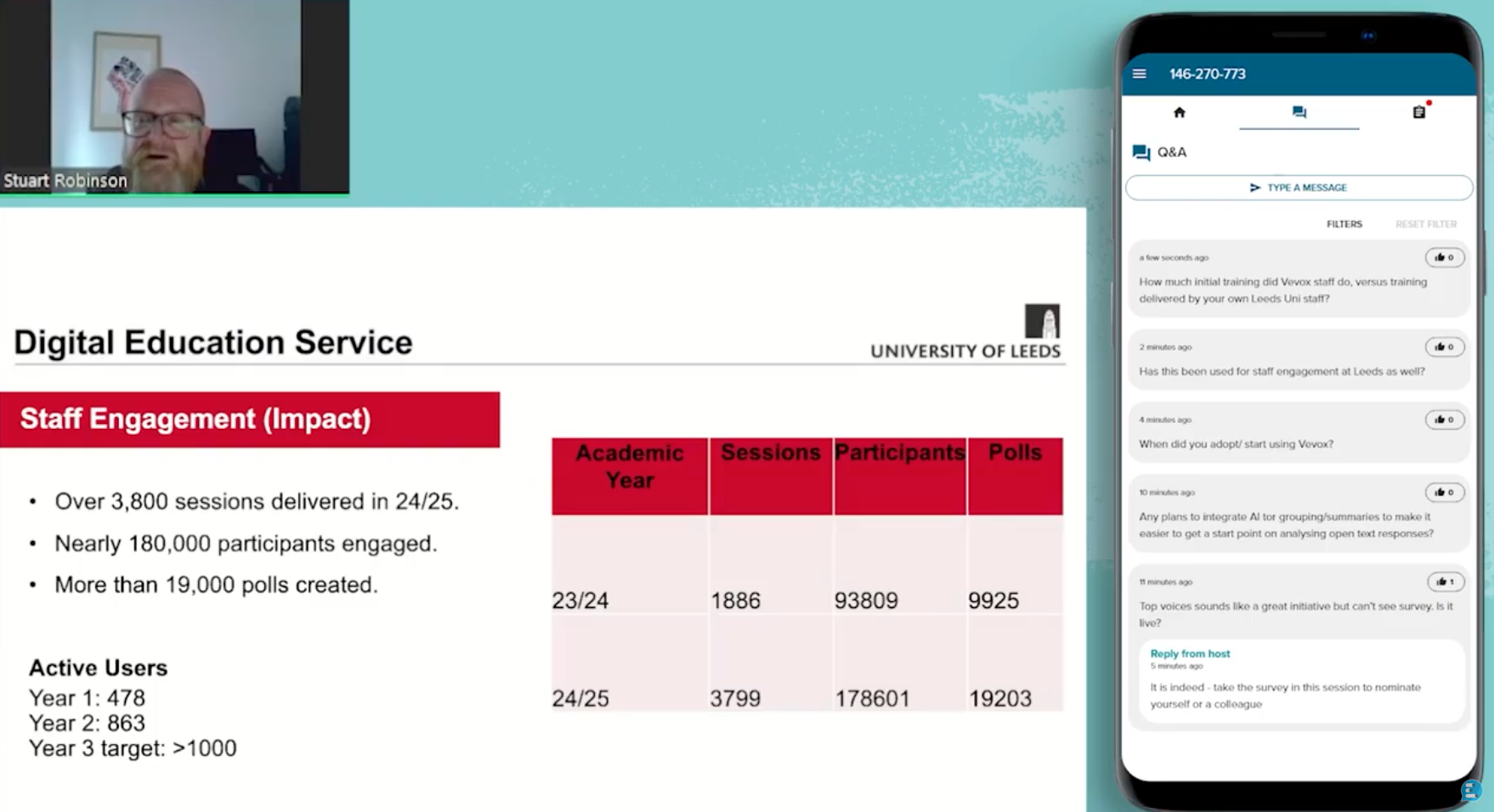Training sessions are a valuable tool for organizations to enhance the skills and knowledge of their employees. However, not all training sessions live up to their potential, and many end up failing to deliver the desired results. It is crucial for organizations and trainers to understand the common reasons behind training session failures in order to design and execute more effective learning experiences.
In this blog, we will explore four key reasons why training sessions fail and provide insights into how organizations can overcome these challenges to achieve successful training outcomes. By addressing these pitfalls head-on, organizations can ensure that their training initiatives have a lasting and positive impact on the development and growth of their workforce
Here are 4 common reasons why training sessions fail:
-
Lack of relevance and alignment: Training sessions must be directly aligned with the needs of the participants and the goals of the organization. When training content is not relevant to the participants' roles or lacks practical application in their day-to-day work, it fails to engage learners and may be perceived as a waste of time. To ensure relevance, it is crucial to conduct needs assessments, involve participants in the training design process, and tailor the content to address specific skill gaps.
-
Insufficient planning and preparation: Effective training requires careful planning and preparation. Failing to allocate sufficient time for planning, neglecting to create clear objectives, and lacking a well-structured curriculum can lead to ambiguity and confusion during training sessions. Inadequate preparation may result in disorganized delivery, inconsistent messaging, and a lack of clarity in the learning materials, hindering participants' understanding and retention of the content.
-
Lack of engagement and interactivity: Passive learning experiences, where participants merely listen to lectures or watch presentations, tend to be less effective. Training sessions that lack interactivity, opportunities for practice, and participant engagement can fail to capture the attention and interest of learners. To avoid this, trainers should incorporate various interactive elements such as group discussions, live polling, interactive quizzes, hands-on activities, anonymous live feedback or questions, case studies, and role-plays to encourage active participation and reinforce learning.
-
Inadequate follow-up and reinforcement: Training sessions on their own are seldom enough to drive sustainable behavior change and skill development. Without proper follow-up and reinforcement, the impact of training can diminish over time. Lack of post-training support, mentoring, coaching, or ongoing assessments can result in participants reverting to old habits and failing to apply the newly acquired knowledge and skills in their work. It can also not reinforce the knowledge learnt or help to build continuous knowledge on the specific topic. To strengthen the training's effectiveness, it is essential to provide opportunities for practice, offer ongoing support and resources, and establish mechanisms for continuous feedback and evaluation.
How to drive success in your L&D training programs
By addressing these potential pitfalls and implementing strategies to mitigate them, organizations can increase the success rate of their training sessions. Taking a proactive and thoughtful approach to training design, delivery, and follow-up can maximize learning outcomes, empower employees, and contribute to organizational growth and success.
Training sessions can provide immense value to organizations and individuals when designed and executed effectively. The four reasons why training sessions fail below, serves as a valuable insights and reminder for us all to encourage to think about the full experience for employees, pre, live and post training session.
1. Lack of relevance and alignment
2. Insufficient planning and preparation
3. Lack of engagement and interactivity
4. Inadequate follow-up and reinforcement
By addressing these issues, organizations can create meaningful and impactful training experiences that empower employees to develop new skills and drive performance. Remember, effective training requires a strategic approach that considers the unique needs and goals of the organization, actively engages participants, and ensures continuous support and reinforcement beyond the training session itself. If you would live to learn how you can make your training sessions interactive with live polling and anonymous Q&A and quizzes, then learn more about Vevox here.




